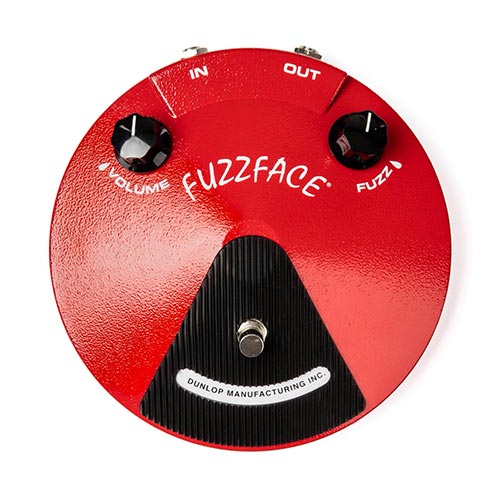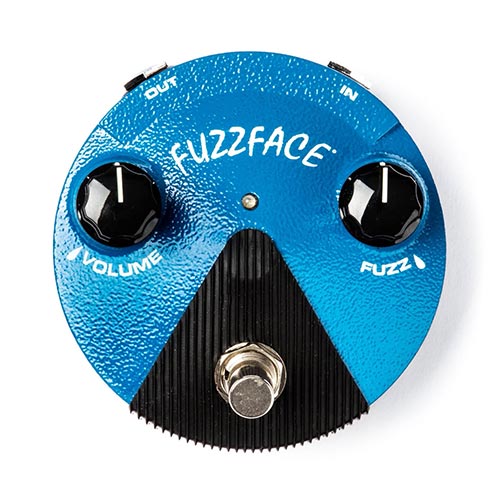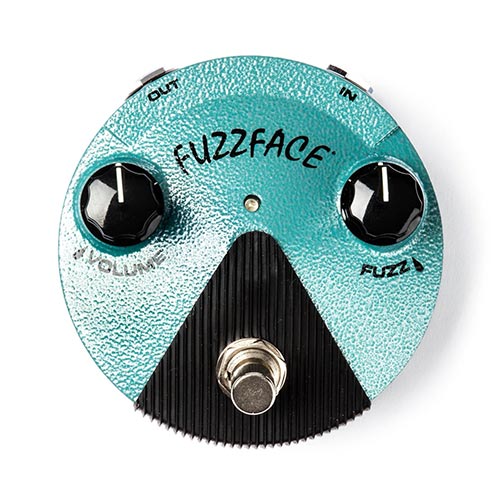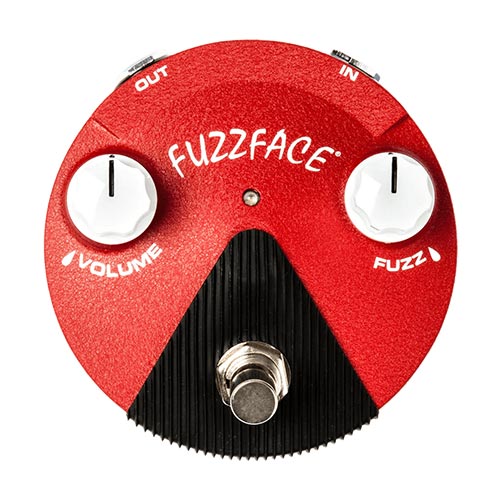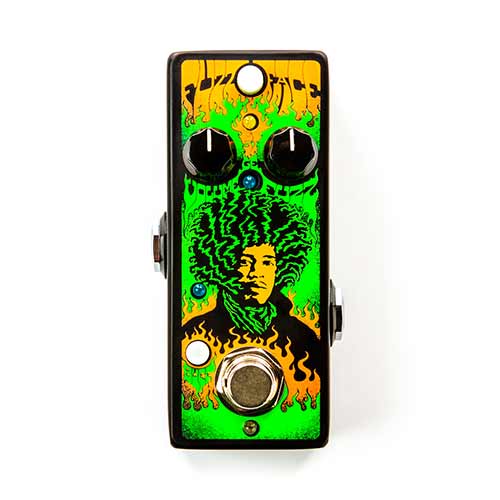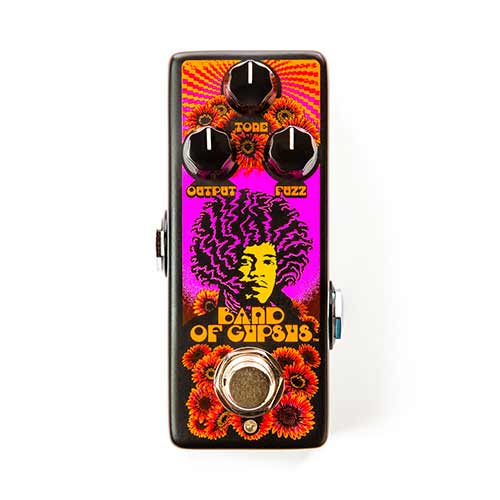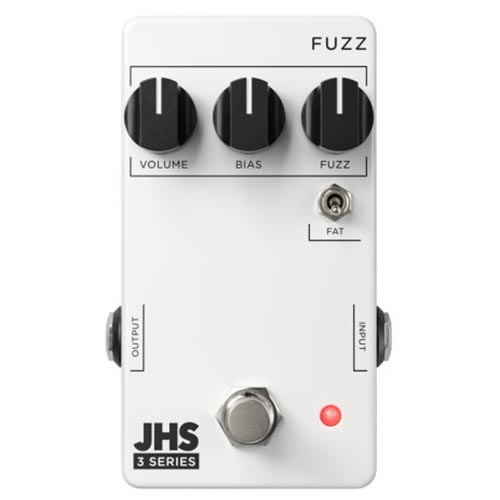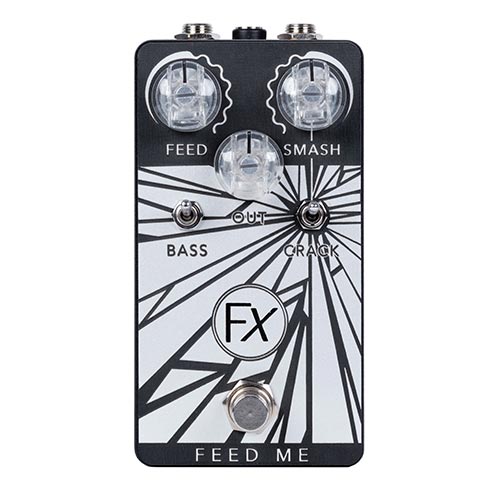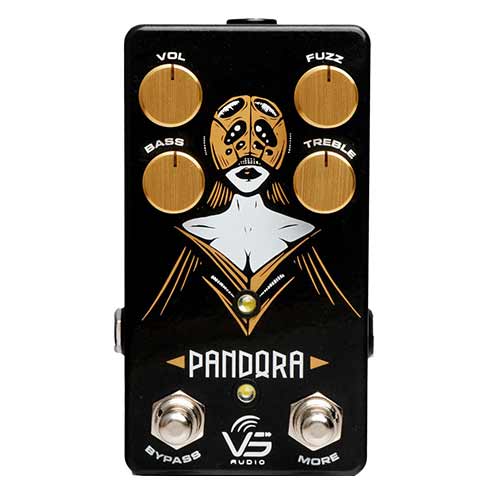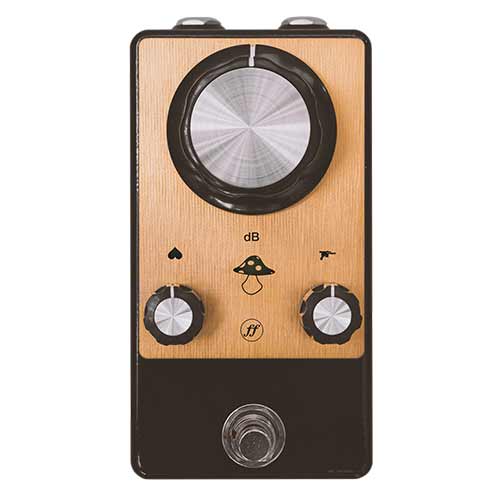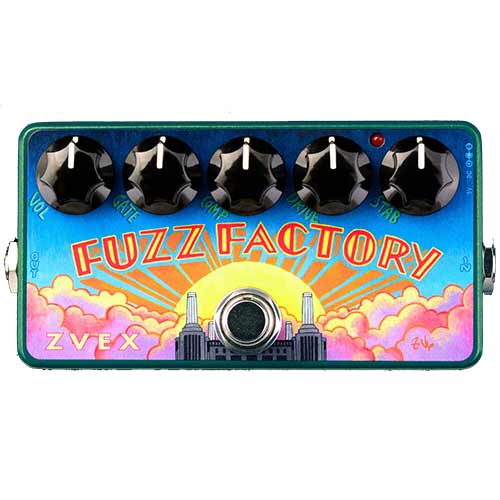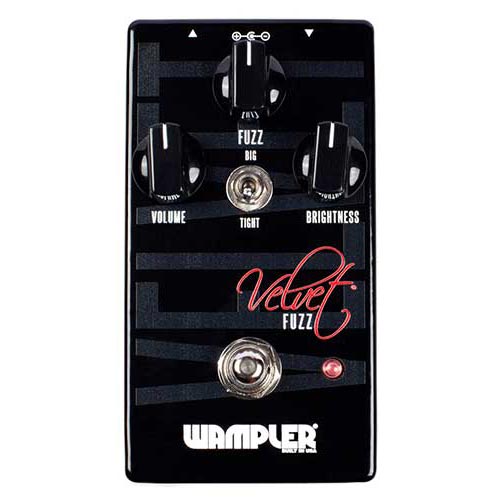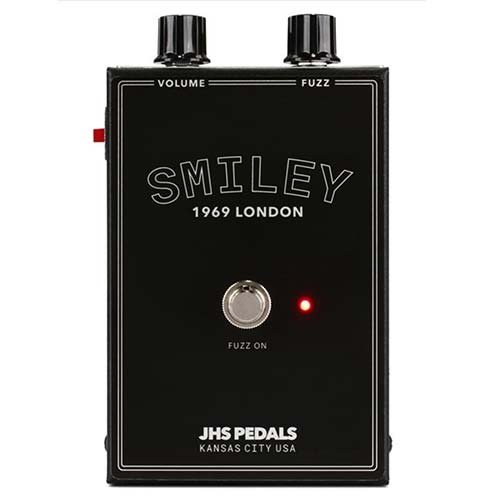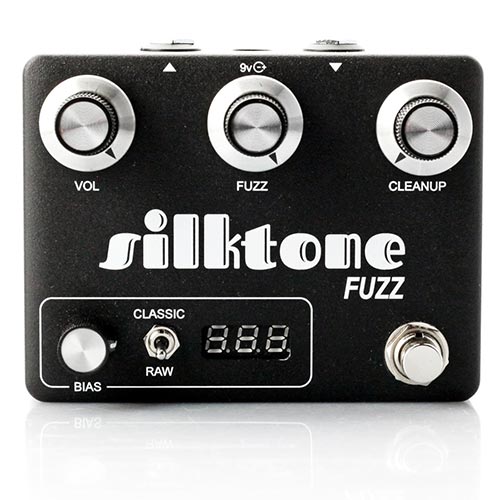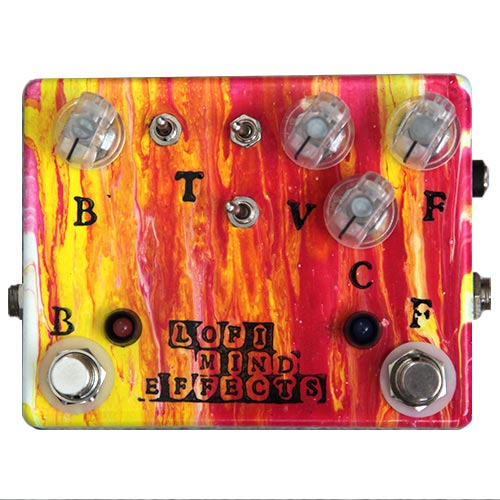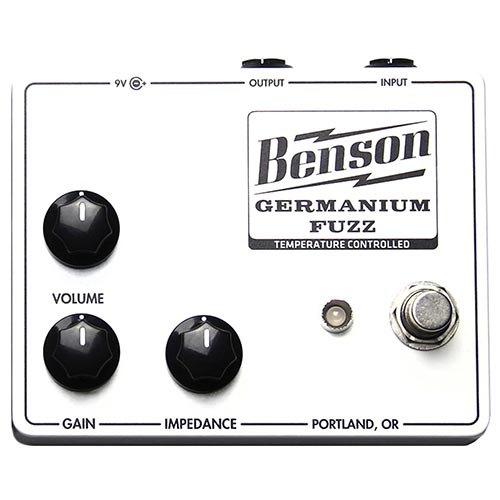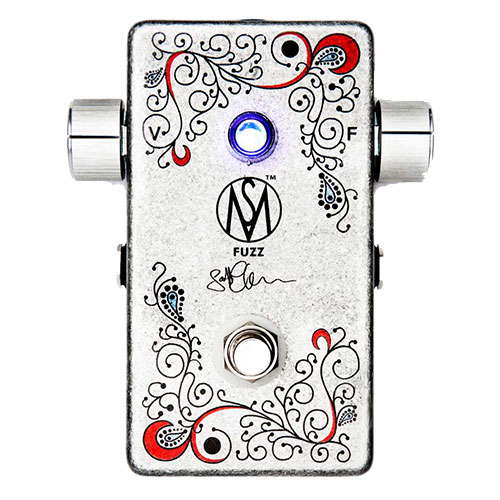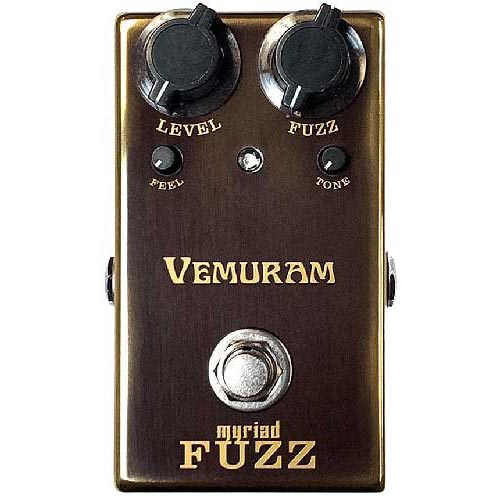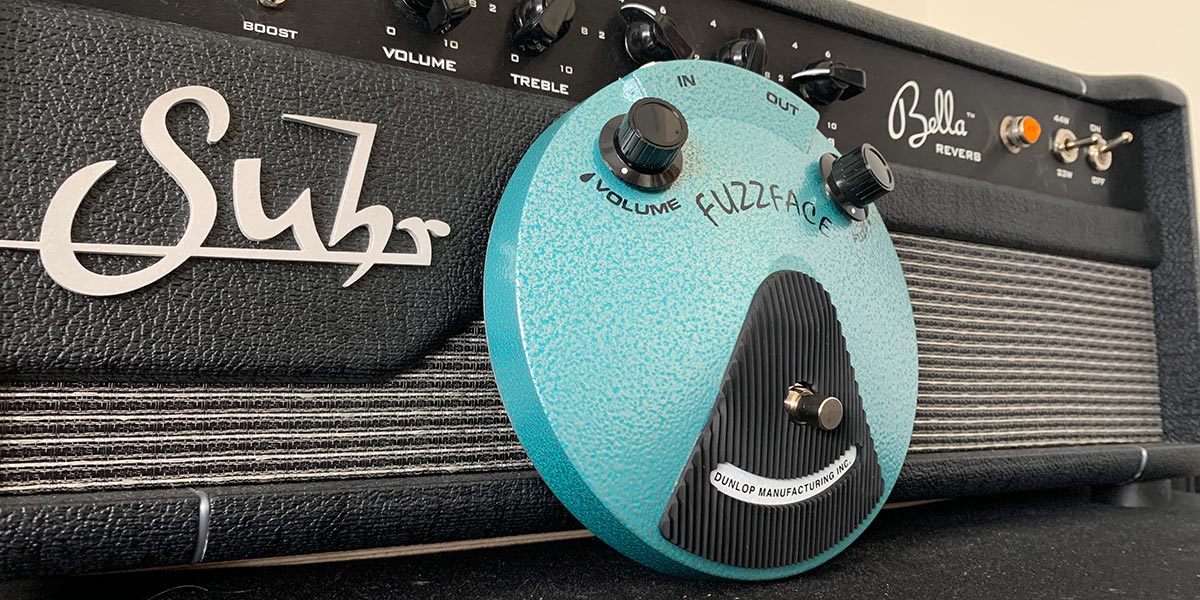
The two transistor fuzz pedal occupies a special place among the different types of fuzz pedals. But what makes it so special?
Two transistor fuzz pedals
Fuzz pedals are the cornerstone of the electric guitar world. They are prized for their ability to produce raw, saturated and downright rough tones. The two-transistor fuzz pedal takes a special place in this, because of its simplicity, unique character and vintage charm. In this article, we’ll dive into the world of two-transistor fuzz pedals, delving into their history and operation, and discovering mesmerizing sounds.
The birth of fuzz
The history of fuzz dates back to the 1960s, when guitarists were eager to experiment with new sounds and push the boundaries of traditional guitar tones. In 1961, fuzz made an appearance in Marty Robbins’ song ‘Don’t Worry’. But it wasn’t until 1965 when a fuzz pedal could be heard in a song from the Rolling Stones’ “(I Can’t Get No) Satisfaction”.
The discovery of transistors
The first commercial transistor-based fuzz pedal to hit the market was the Maestro FZ-1 Fuzz-Tone in 1962. The FZ-1 used two germanium transistors and marked the beginning of a new era for fuzz pedals. Among the various transistor-based fuzz pedal designs, the 2-transistor configuration became popular for its simplicity and raw sound. It consists of two transistors that work together to amplify the guitar signal and smooth out the peaks, resulting in the classic fuzz sound.
Arbiter Fuzz Face 1966
One of the most famous two transistor fuzz pedals was made by Arbiter Electronics Ltd. in 1966: The Arbitrator Fuzz Face. The earliest fuzz face pedals used germanium transistors, later editions used silicon transistors. The electronics are housed in a circular metal housing. The way the buttons and logo were placed on the pedal suggest a (smiling) face.
Building blocks: transistors
To understand the functioning of a two-transistor fuzz pedal, let’s take a look at the circuit. In a 2-transistor fuzz circuit, the first transistor amplifies the guitar signal, while the second transistor is responsible for smoothing the amplified signal. The type of transistor used significantly affects the sound of the pedal, with germanium and silicon being the most common choices.
Germanium transistors generally produce a warmer, softer fuzz sound with a hint of vintage character. They are sensitive to temperature changes and their response can be unpredictable, but in a charming way. On the other hand, silicon transistors deliver a more aggressive, precise fuzz sound and are generally more stable.
The circuit of a two transistor fuzz pedal
The design of a two-transistor fuzz pedal is simple compared to more complex fuzz circuits. The input signal flows to the base of the first transistor, which amplifies it before passing through a capacitor to the base of the second transistor. The capacitor is essential as it filters certain frequencies and helps shape the overall fuzz sound. Then the amplified and filtered signal is smoothed by the base-emitter junction of the second transistor, resulting in the distinctive fuzz sound. The smoothed signal then passes through output capacitors to remove any DC components before reaching the output terminal.
Tone and variations
While the two-transistor fuzz pedal is relatively simple, various adjustments and tweaks can be made to further customize the sound. Many versions of this fuzz pedal include controls to adjust gain, tone, and volume. The Fuzz Face is still produced today by Dunlop in various models, large, small, round and rectangular. And there are plenty of options if you want one with one or more modern twists.
Dunlop Fuzz Face pedals
Fuzz Face pedals under 169 euros
Fuzz Face pedals between 189 and 239 euros
Fuzz Face pedals between 249 and 459 euros
In conclusion
The two-transistor fuzz pedal is a modest fuzz compared to its more advanced counterparts. The appeal lies mainly in its raw sound. This classic effect has more than stood the test of time and continues to captivate guitarists with its vintage charm and versatility. Whether you’re an experienced guitarist or a budding enthusiast, exploring the world of two-transistor fuzz pedals can be a rewarding journey.

